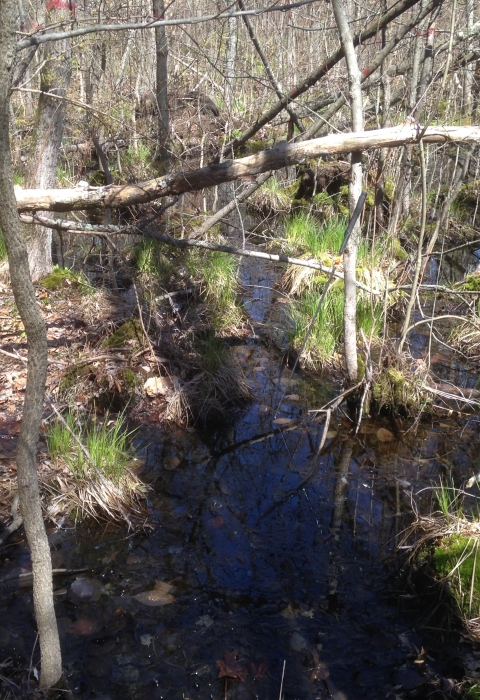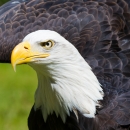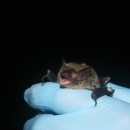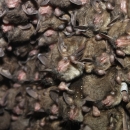Seasons of Wildlife
The refuge is home to a variety of wildlife throughout the year, from breeding songbirds in the spring, reptiles and amphibians in the summer, migratory birds in the fall, and mammals in the winter.
Featured Species
The refuge consists of varied habitats, and the refuge has become an important resting and feeding area for more than 244 species of birds. Migratory birds and endangered species can be found throughout the refuge.
Waterfowl
Great Swamp National Wildlife Refuge is located only 26 miles west of New York City’s Times Square. It is a 12-square-mile natural oasis in an area that is mostly suburban. This makes the refuge an outstanding area for migrating waterfowl to stop, rest and feed on their migration. Some of the species of waterfowl that utilize the refuge for foraging or resting include the mallard, American black duck, green-winged teal, American wigeon, northern pintail, gadwall, northern shoveler, blue-winged teal, and bufflehead. Some of the species such as the wood duck, mallard, Canada goose, and an occasional hooded merganser will nest on the refuge.
Mammals
Approximately 39 species of mammals have been identified at Great Swamp National Wildlife Refuge. Common species include white-tailed deer, red fox, raccoon, gray squirrel, coyote, river otter, and muskrat. While some species are common on the refuge, they are rarely seen due to their elusiveness. Transient black bears have also been observed on the refuge.
Some of the very important species for controlling the insect population on the refuge are the 10 bat species found here, including the eastern red bat, eastern small footed bat, northern long-eared bat, and hoary bat, little brown bat, big brown bat and federally endangered Indiana bat.
Reptiles and Amphibians
Great Swamp has 42 species of reptiles and amphibians on the refuge. Some of the most commonly observed species are the spring peeper, green frog, gray treefrog, bull frog, painted turtle, and snapping turtle. Many of these common species can be see while walking along the boardwalks at the Wildlife Observation Center.
The refuge is also home to the federally threatened bog turtle, state threatened wood turtle and state endangered blue spotted salamander. The refuge is actively working on research and the recovery of these species.
Habitat
Great Swamp National Wildlife Refuge is an island of open space in a mostly developed suburban area. The refuge maintains an important mosaic of different habitats for a suite of species. Along with grasslands, brushlands, mature forest, forested wetlands, marsh, ponds and streams the refuge also manages five impoundments that total 570 acres where the refuge staff can manipulate water levels to create the optimum habitat for migrating waterfowl.



